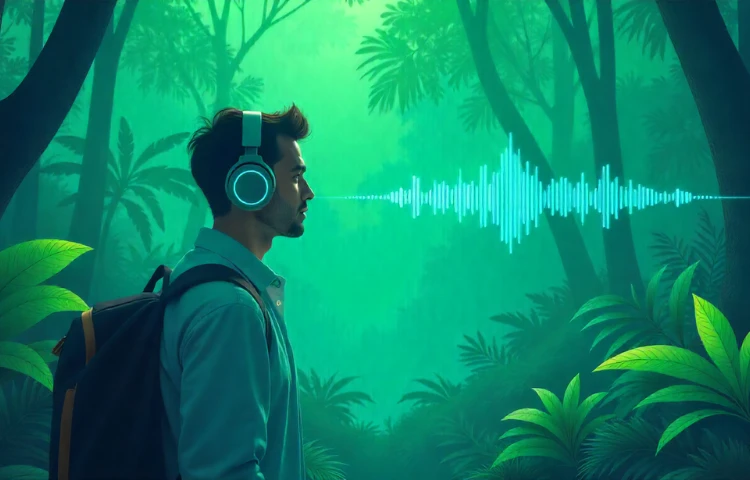

Prefer to listen instead? Here’s the podcast version of this article.
In a groundbreaking step for environmental science, Google’s DeepMind has unveiled Perch 2.0—a powerful upgrade to its AI-powered bioacoustic monitoring platform. Designed to help conservationists listen more effectively to the natural world, this new model leverages advanced machine learning techniques to detect and analyze wildlife sounds across diverse habitats. From tropical rainforests to coral reefs, Perch 2.0 enables researchers to identify species, monitor population changes, and respond to environmental threats with unprecedented speed and accuracy. As the global biodiversity crisis deepens, innovations like this are redefining how we protect endangered species—by giving nature a voice, and AI the tools to truly understand it.
When the planet sends an SOS through the hums, calls, and whispers of wildlife, Perch 2.0—Google DeepMind’s latest AI upgrade—is stepping up to tune in and respond.
Perch 2.0, the upgraded version of Google’s open-source AI model, supercharges wildlife bioacoustics monitoring by listening smart—and fast. Here’s how:
Perch 2.0 isn’t just theory—it’s generating tangible impact:
With over 250,000 downloads since 2023, Perch has become a trusted tool in the hands of conservationists.
As environmental challenges grow increasingly complex, tools like Perch 2.0 demonstrate how AI can be a force for good—transforming how we monitor, understand, and protect the world’s most vulnerable species. By making advanced sound analysis faster, more accurate, and widely accessible, Google’s latest upgrade is bridging the gap between cutting-edge technology and real-world conservation. For researchers, conservationists, and technologists alike, this is a pivotal moment where innovation meets impact—proving that sometimes, the most powerful solutions begin with simply listening.
WEBINAR